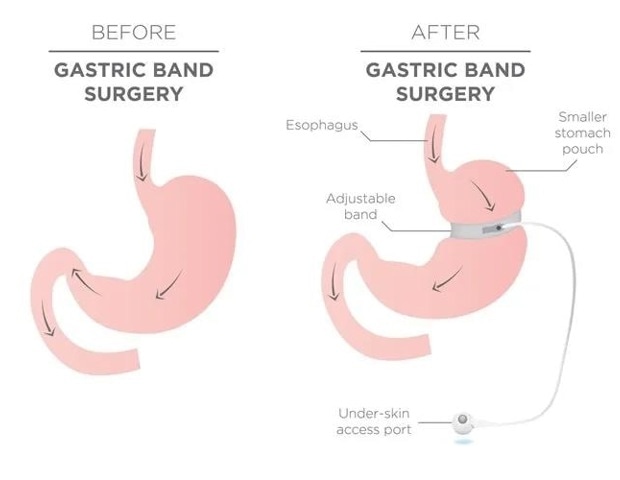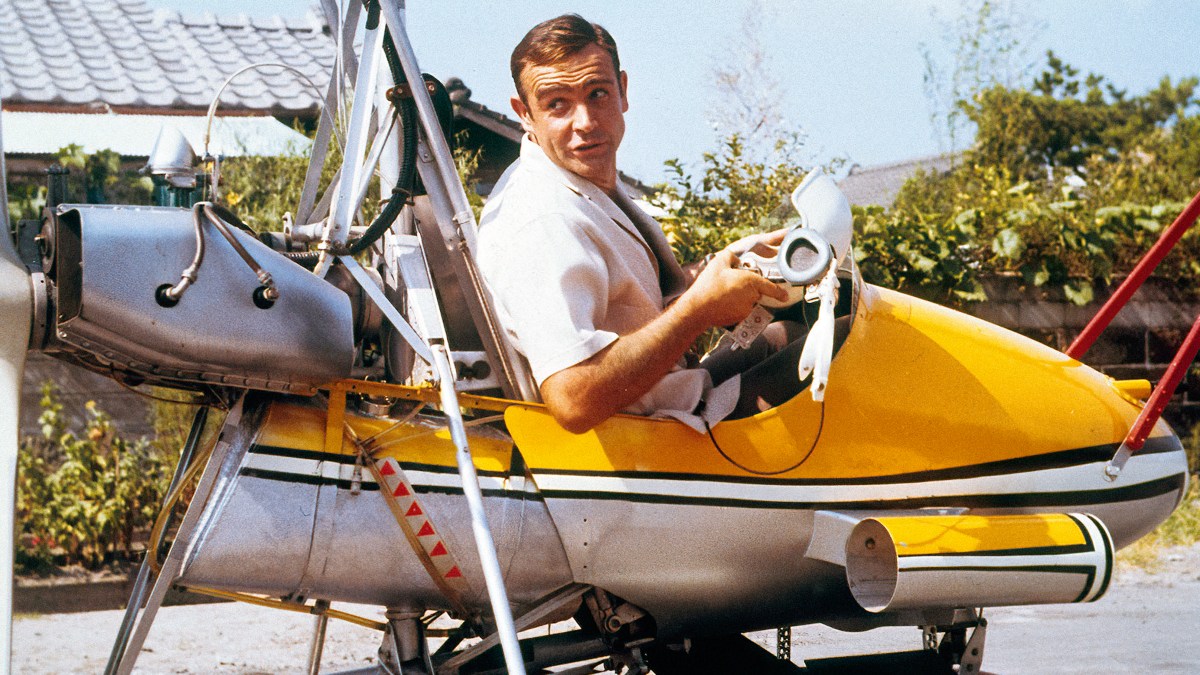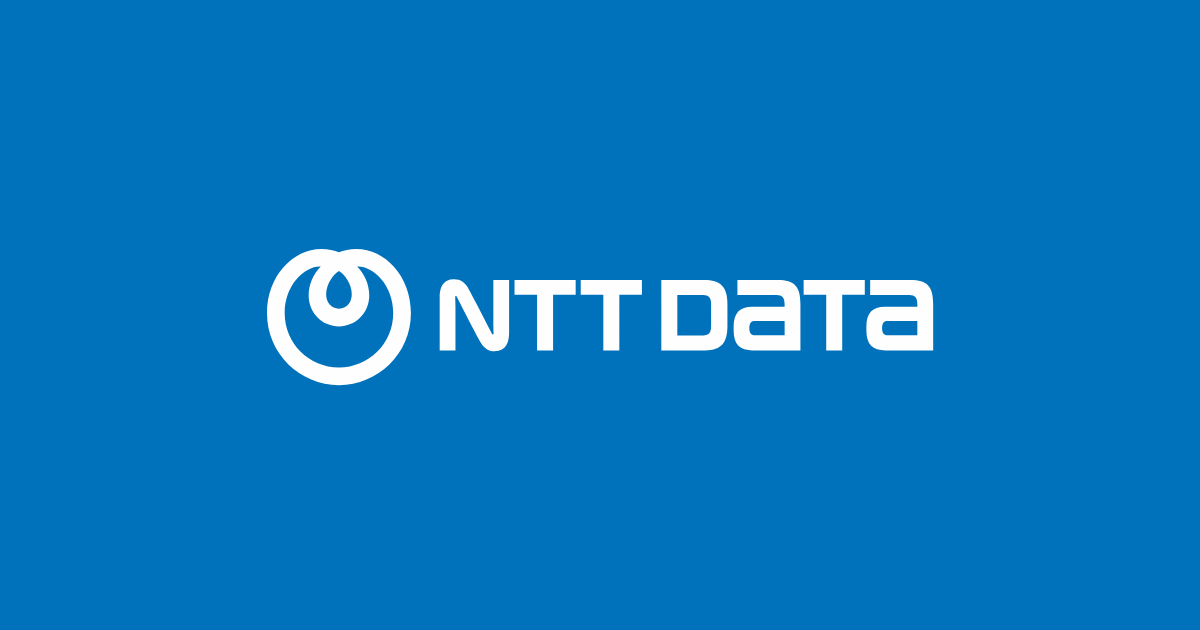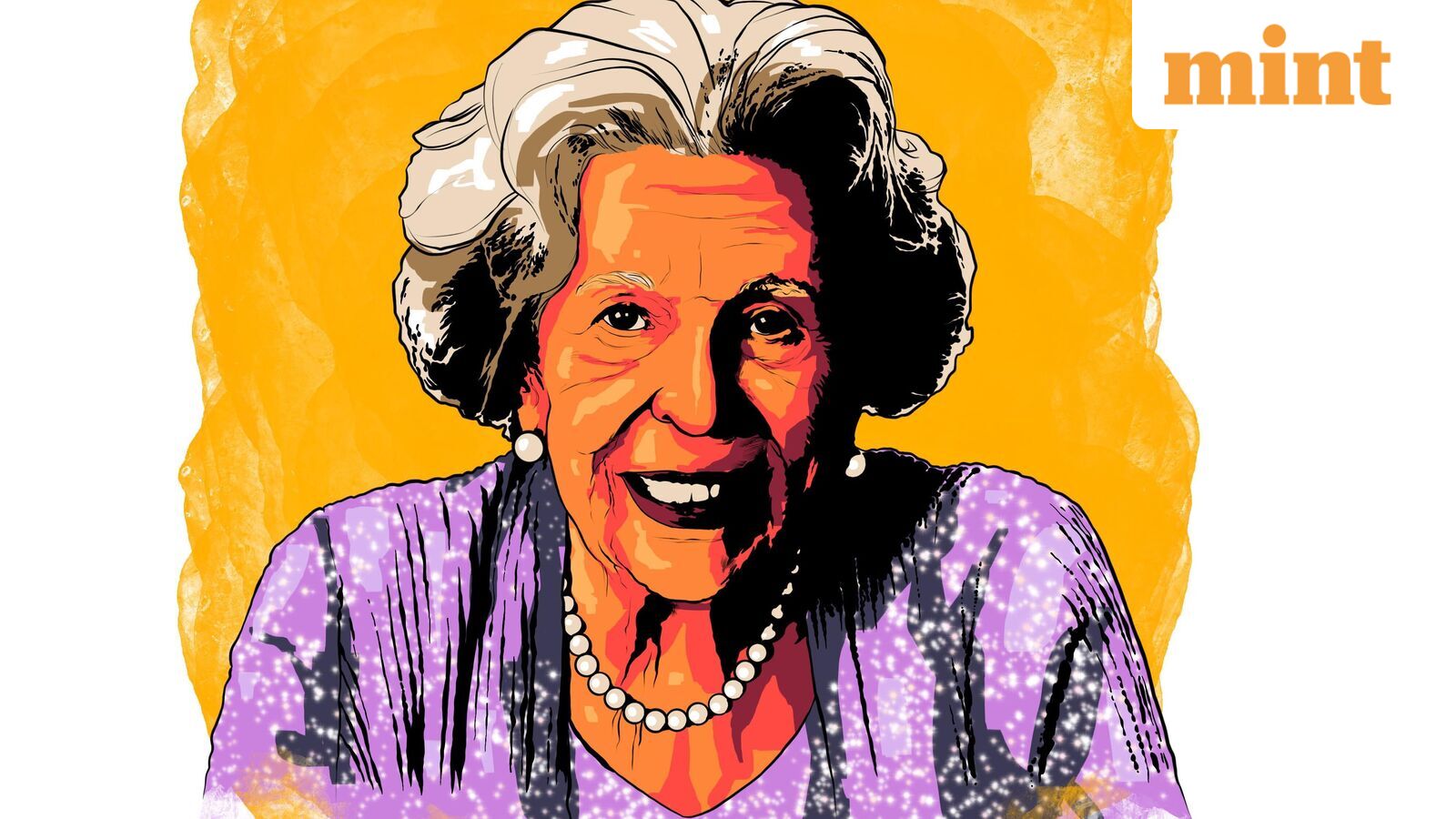- Driving patterns that reveal early signs of cognitive decline and memory loss Times of India
- Your Driving Choices Could Be Hiding Signs of Future Cognitive Decline ScienceAlert
- Are Driving Habits Linked to Brain Health? Study Finds Monitoring…
Author: admin
-
Driving patterns that reveal early signs of cognitive decline and memory loss – Times of India
-

Is bread omelette healthy daily? Doctors share findings
A bread omelette may be one of the quickest and most common breakfast choices across Pakistan, but rising nutrition awareness on social media has sparked a debate over its health impact.
Doctors now say that eating…
Continue Reading
-

Afghans in Pakistan say resettlement hopes dashed after US froze visa applications
ISLAMABAD: Pakistan and the Asian Development Bank (ADB) on Friday signed agreements for three major development initiatives worth $61.8 million to boost connectivity, urban transport and water sector in various parts of…Continue Reading
-
Afghans in Pakistan say resettlement hopes dashed after US froze visa applications – Arab News
- Afghans in Pakistan say resettlement hopes dashed after US froze visa applications Arab News
- Afghan Refugees Face Uncertain Future As Trump Tightens Immigration Policy The New York Times
- In ‘Little Kabul’, Afghans feel they have to prove their US…
Continue Reading
-

Fatty Liver Diet: 7 desi foods that can help reverse fatty liver: Lost recipes inside
Fatty liver creeps in quietly, no dramatic symptoms, no loud warning signs. Just a slow build-up of fat in a hardworking organ that rarely complains. Across India, doctors now call it one of the country’s fastest-growing lifestyle disorders,…
Continue Reading
-

Higher PFAS levels reduce blood sugar improvements after teen bariatric surgery
A new USC study shows teens with higher blood levels of per- and polyfluoroalkyl substances (PFAS) measured before bariatric surgery had smaller improvements in blood sugar over five years, including fasting glucose and hemoglobin…
Continue Reading
-

Who cares about the next Bond — we want to know what car he will drive
There is intense speculation on who will be the next Bond. Yet for all the chatter about whether it will be Theo, Aaron or Callum, many of us are equally concerned about another critical casting decision. Just as a particular actor brings…
Continue Reading
-

NTT DATA Named a Leader in Everest Group’s Application Development Services for AI Applications PEAK Matrix® Assessment 2025 Report
December 5, 2025
NTT DATA Group Corporation
TOKYO – December 5, 2025 – NTT DATA, a global leader in AI, digital business and technology services, today announced it has been named a Leader by Everest Group in its Application Development Services for AI Applications PEAK Matrix® Assessment 2025 report (PDF : 743KB).
The report recognizes NTT DATA as a leading AI applications service provider, assessed based on its capabilities, investments and demonstrated success in building and scaling AI-infused applications. Specifically, it highlighted the company’s robust portfolio of AI-infused development services across major industries such as healthcare, insurance, manufacturing and financial services.
“We are driven by a bold vision to harness the transformative power of AI and deliver impactful business outcomes that propel our clients toward their most ambitious goals. This recognition reaffirms our dedication in empowering businesses to thrive in an AI-driven future” said Amir Durrani, Global Head of Applications and Business Process Services, NTT DATA, Inc.
“The recognition from Everest Group validates our ability to deliver AI-powered application development at scale across key industries, leveraging our proprietary solutions like the aXet platform and advanced AI-integrated assets. The report highlights our strengths in end-to-end development, global delivery, and the One NTT initiative, enhancing our position as a trusted partner for enterprise transformation. This achievement reinforces NTT DATA’s reputation for innovation and operational excellence, positioning us for new growth opportunities as clients accelerate their adoption of intelligent, business-aligned AI solutions.”
Everest Group identified NTT DATA’s AI-first approach to software design and development as a strength, leveraging its aXet platform to support GenAI and agentic workforce which is now used by 40% of its engineers. The platform integrates advanced AI assets to support the full lifecycle of application development, positioning it as a key differentiator in the market.
The report also highlighted NTT DATA’s One NTT initiative, which enhances its global delivery capabilities and technical depth, allowing it to serve as a trusted, end-to-end development and operations partner. This has allowed clients to accelerate innovation and reduce operational complexity. Its leadership position is further strengthened by its comprehensive AI engineering and consulting expertise, deep industry integration and sustained investments in reusable intellectual property, partner ecosystems and scalable development frameworks.
“NTT DATA has been positioned as a Leader in Everest Group’s Application Development Services for AI Applications PEAK Matrix® Assessment 2025 for its strong technical capabilities and mature AI solutions portfolio,” said Manukrishnan SR, Practice Director at Everest Group. “The firm brings proven experience in delivering AI-powered application development services across key industries such as healthcare, insurance, manufacturing, and financial services. It’s portfolio of proprietary tools and solutions, including its aXet platform, embed advanced AI capabilities to support the entire application development cycle —from design to deployment— enabling faster, more scalable outcomes for clients looking to operationalize AI within their core systems.”
The Application Development Services for AI Applications PEAK Matrix® Assessment 2025 assessed 35 application development services providers against four pillars of strengths to create actionable and insightful research for the industry. Leaders stood out for their robust partner ecosystems, including hyperscalers, large language models (LLM) providers and enterprise software providers, as well as their ability to deliver complex AI applications at scale across geographies.
For more information, find the full report here.
About NTT DATA
NTT DATA is a $30+ billion business and technology services leader, serving 75% of the Fortune Global 100. We are committed to accelerating client success and positively impacting society through responsible innovation. We are one of the world’s leading AI and digital infrastructure providers, with unmatched capabilities in enterprise-scale AI, cloud, security, connectivity, data centers and application services. Our consulting and industry solutions help organizations and society move confidently and sustainably into the digital future. As a Global Top Employer, we have experts in more than 70 countries. We also offer clients access to a robust ecosystem of innovation centers as well as established and start-up partners. NTT DATA is part of NTT Group, which invests over $3 billion each year in R&D.
Visit us at nttdata.comAbout Everest Group
Everest Group is a leading global research firm helping business leaders make confident decisions. Everest Group’s PEAK Matrix® assessments provide the analysis and insights enterprises need to make critical selection decisions about global services providers, locations, and products and solutions within various market segments. Likewise, providers of these services, products, and solutions, look to the PEAK Matrix® to gauge and calibrate their offerings against others in the industry or market. Find further details and in-depth content at www.everestgrp.com
Disclaimer
Licensed extracts taken from Everest Group’s PEAK Matrix® Reports, may be used by licensed third parties for use in their own marketing and promotional activities and collateral. Selected extracts from Everest Group’s PEAK Matrix® reports do not necessarily provide the full context of our research and analysis. All research and analysis conducted by Everest Group’s analysts and included in Everest Group’s PEAK Matrix® reports is independent and no organization has paid a fee to be featured or to influence their ranking. To access the complete research and to learn more about our methodology, please visit Everest Group PEAK Matrix® Reports.
Continue Reading
-
President vows to deepen cooperation with Thailand – RADIO PAKISTAN
- President vows to deepen cooperation with Thailand RADIO PAKISTAN
- Thai Embassy Marks National Day, Strengthens Ties with Pakistan The Diplomatic Insight
- President Tokayev extends National Day greetings to King of Thailand Qazinform
- Xi extends…
Continue Reading
-

Ratan Tata’s stepmother, Simone Tata, passes away at 95
New Delhi: Simone Tata, 95, mother of Noel Tata and stepmother of former Tata Group chairman Ratan Tata, passed away early Friday.
Tata had been recovering from an illness and was brought to Mumbai’s Breach Candy Hospital earlier this August after…
Continue Reading